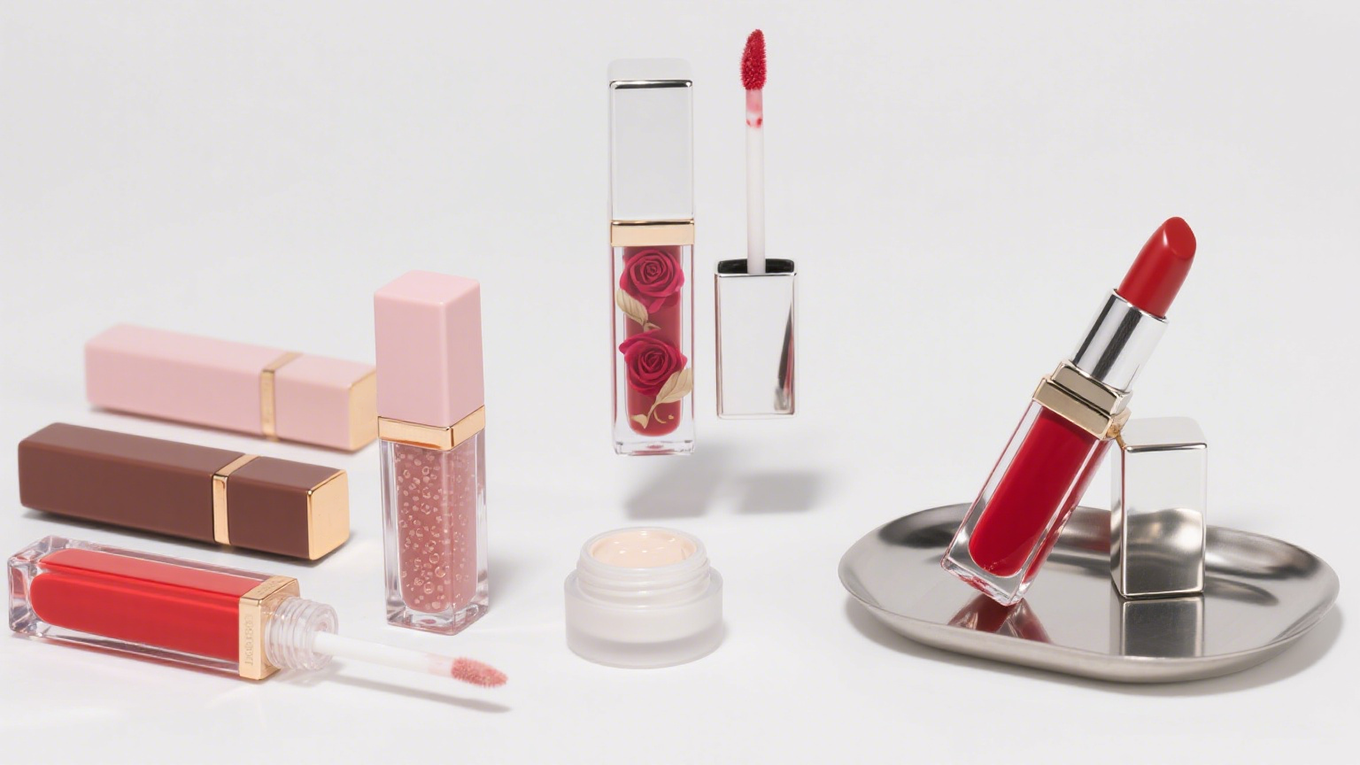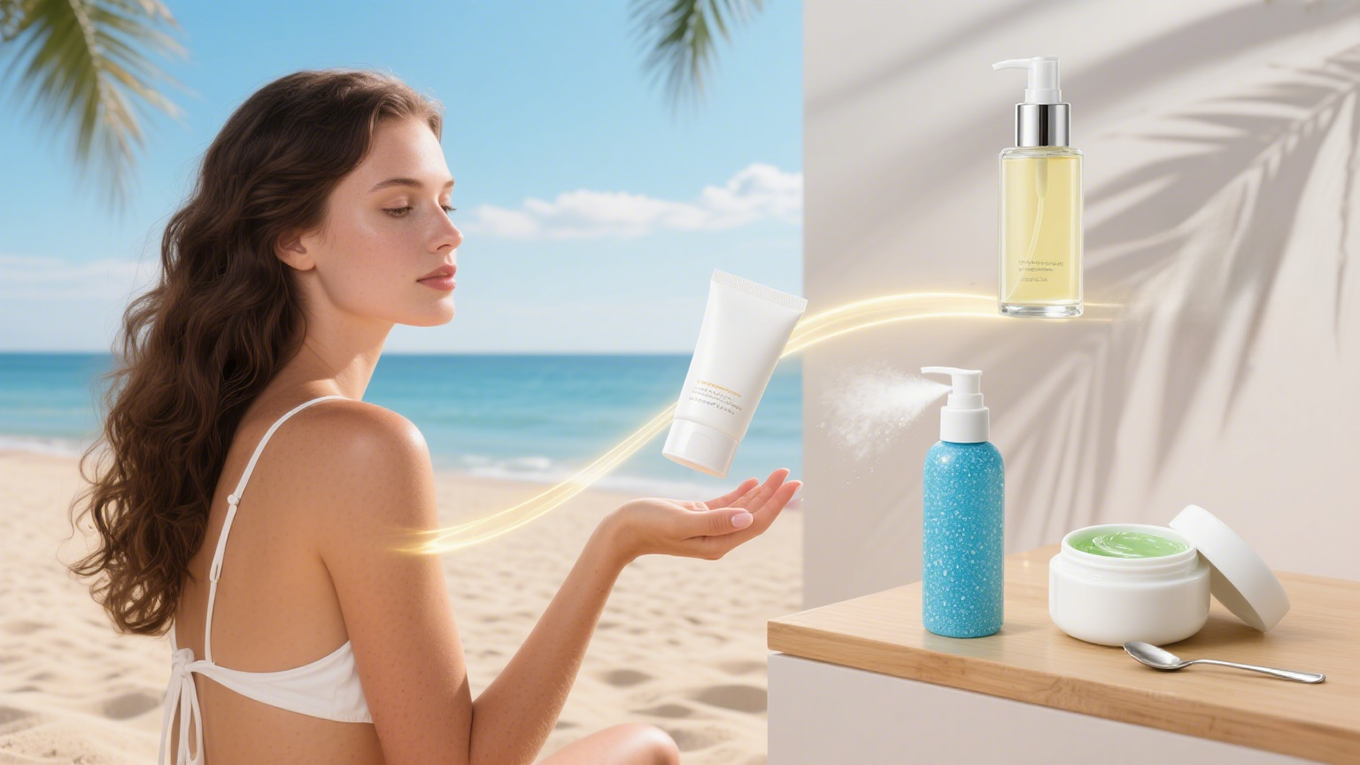Face serums have become a cornerstone of modern skincare, offering concentrated doses of active ingredients designed to target specific concerns such as hydration, fine lines, dark spots, and uneven skin texture. Unlike traditional moisturizers, serums contain smaller molecules that penetrate deeper into the skin, delivering potent nutrients where they are needed most. Using serums correctly can transform your skincare routine and provide visible results, but many people remain uncertain about the proper application and selection. This guide explores everything you need to know about incorporating serums into your daily regimen effectively.
Understanding Face Serums
A face serum is a lightweight, fast-absorbing liquid formulated with active ingredients such as vitamins, peptides, antioxidants, and hyaluronic acid. Serums differ from moisturizers in both texture and function:
- Texture: Serums are thinner, allowing for rapid absorption without leaving a greasy residue.
- Function: Serums deliver high concentrations of targeted ingredients to address specific skin concerns.
- Purpose: While moisturizers primarily hydrate and protect the skin barrier, serums treat underlying issues such as aging, pigmentation, or dehydration.
Popular keywords related to serums include “hydrating serum,” “anti-aging serum,” “vitamin C serum,” “brightening serum,” and “face serum benefits.”
Choosing the Right Serum for Your Skin
Selecting the appropriate serum is crucial to achieving your skincare goals. Consider the following:
1. Skin Type Considerations
- Oily Skin: Lightweight, water-based serums containing niacinamide, salicylic acid, or hyaluronic acid help balance oil production without clogging pores.
- Dry Skin: Serums rich in hyaluronic acid, glycerin, or ceramides provide deep hydration and strengthen the skin barrier.
- Sensitive Skin: Serums with soothing ingredients like chamomile, aloe vera, or centella asiatica reduce irritation and redness.
- Combination Skin: Multi-targeted serums or layering two lightweight serums can address different zones of the face effectively.
2. Targeted Concerns
- Anti-Aging: Peptides, retinol, and antioxidants combat fine lines, wrinkles, and loss of elasticity.
- Brightening: Vitamin C, licorice extract, and niacinamide can reduce pigmentation and improve skin radiance.
- Hydration: Hyaluronic acid and squalane provide moisture without heaviness.
- Acne and Blemishes: Salicylic acid, tea tree oil, and niacinamide help control breakouts and calm inflammation.
Step-by-Step Guide to Applying Face Serum
Proper application is key to maximizing the effectiveness of your serum. Follow these steps for optimal results:
1. Cleanse Thoroughly
Begin with a clean canvas. Use a gentle cleanser suitable for your skin type to remove dirt, oil, and makeup residue. Clean skin ensures better absorption of serum ingredients.
2. Tone Your Skin (Optional)
Applying a toner can balance pH levels and prepare the skin for better serum penetration. Hydrating toners containing rose water or glycerin are ideal companions to serums.
3. Apply the Serum Correctly
- Use 2–3 drops of serum per application.
- Gently press or pat the serum onto the face rather than rubbing, which preserves the integrity of the skin barrier.
- Focus on areas of concern such as fine lines, dark spots, or dry patches.
- Allow the serum to fully absorb before applying other products.
4. Layering Serums
If using multiple serums, apply from the thinnest to the thickest consistency. For example, start with a water-based vitamin C serum, followed by a peptide serum, and finish with a hydrating serum.
5. Follow with Moisturizer
Lock in the benefits of the serum with a lightweight moisturizer or gel-cream. Moisturizers help seal active ingredients and provide additional hydration.
6. Sun Protection
During the day, always apply sunscreen after serum and moisturizer to protect your skin from UV damage. Ingredients like vitamin C can make your skin more sensitive to the sun.
Common Mistakes When Using Face Serums
Even with the right serum, incorrect usage can reduce effectiveness:
- Overuse: More serum doesn’t equal better results. Excess product can cause irritation or clogged pores.
- Skipping Moisturizer: Serums alone may not provide enough hydration; always follow with a suitable moisturizer.
- Applying on Dry Skin Only: Some serums are more effective when applied to slightly damp skin, enhancing absorption.
- Ignoring Layering Rules: Applying thick serums before thin ones can prevent deeper penetration of the lighter formulas.
Enhancing Serum Effectiveness
To get the most out of your serum:
- Consistency: Daily use is essential; results may take several weeks to become visible.
- Proper Storage: Keep serums in cool, dark places to preserve active ingredients. Vitamin C and retinol, for instance, degrade when exposed to light or air.
- Combination with Healthy Habits: Balanced diet, adequate hydration, and proper sleep enhance the effectiveness of skincare products.
Specialized Serums for Targeted Benefits
Different serums can be incorporated based on individual goals:
1. Anti-Aging Serums
These contain retinol, peptides, and antioxidants to reduce wrinkles, fine lines, and improve elasticity.
2. Brightening Serums
Vitamin C, licorice extract, and niacinamide help diminish hyperpigmentation, even out skin tone, and boost radiance.
3. Hydrating Serums
Hyaluronic acid, squalane, and glycerin deeply moisturize the skin, especially important for dry or dehydrated skin types.
4. Acne-Fighting Serums
Salicylic acid, tea tree oil, and niacinamide control sebum production, reduce inflammation, and prevent future breakouts.
Serum Integration into Your Skincare Routine
A well-structured skincare routine can amplify serum results:
- Morning: Cleanser → Vitamin C serum → Moisturizer → Sunscreen
- Evening: Cleanser → Targeted serum (retinol, peptides, etc.) → Moisturizer
Regular exfoliation 2–3 times per week can also enhance serum absorption and boost overall skin texture.
Face serums are versatile and powerful tools in modern skincare. When chosen correctly and applied properly, serums can address a wide range of skin concerns including aging, pigmentation, hydration, and acne. The key is understanding your skin type, targeting specific issues with suitable active ingredients, and maintaining a consistent, well-structured routine. By following proper application techniques, layering rules, and complementary skincare practices, you can maximize the benefits of face serums and achieve a healthy, radiant complexion.



